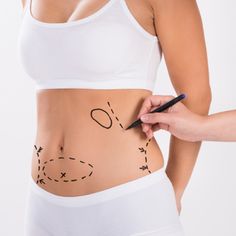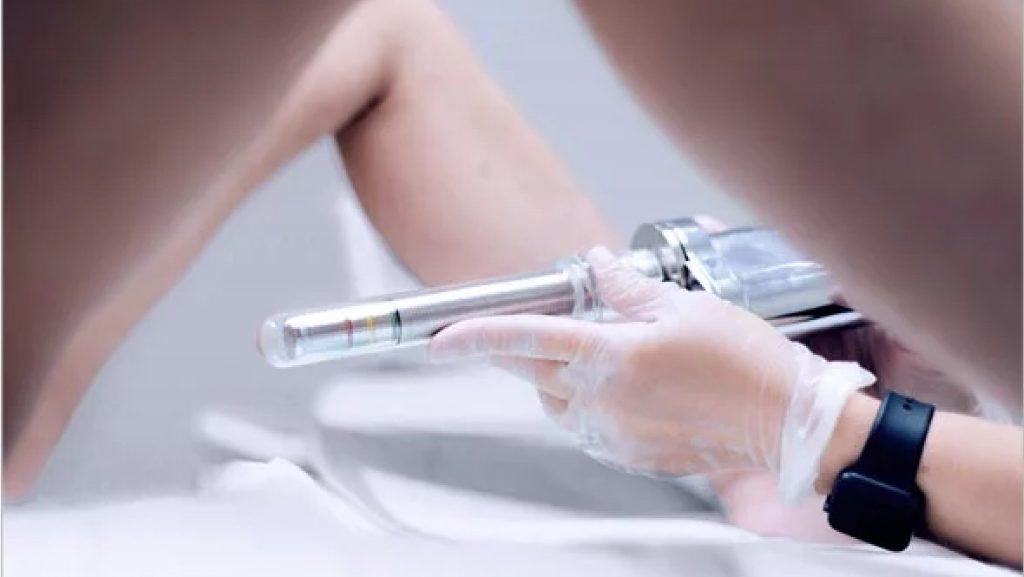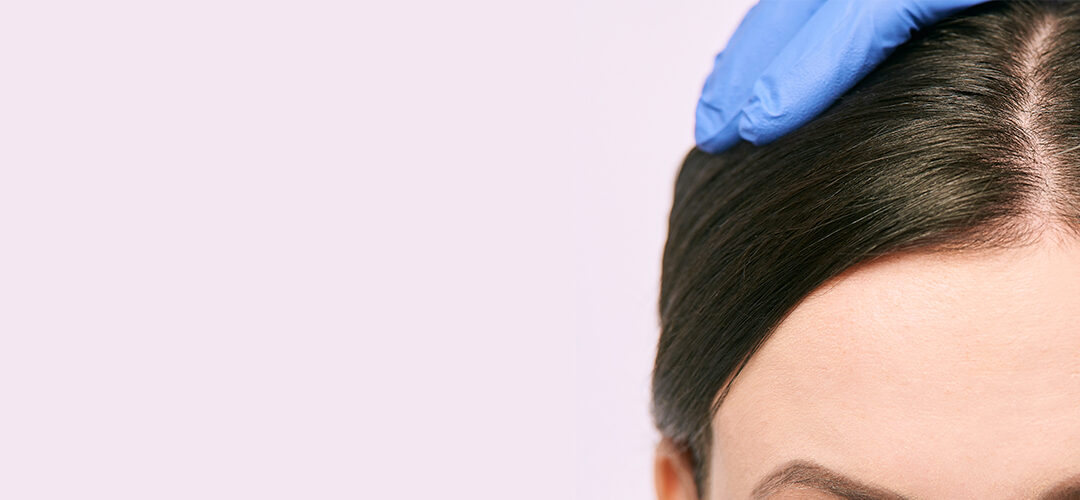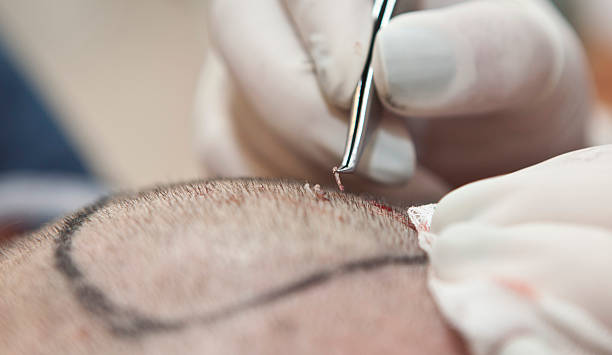Introduction
Undergoing liposuction can be a transformative experience, helping many reshape their bodies and boost confidence. However, ensuring safety during and after the procedure is crucial for achieving the best outcomes. For those considering Liposuction in Riyadh, understanding safety guidelines and risk minimization strategies is an essential part of the decision-making process. This blog will guide you through the most important safety measures, helping you feel informed and confident as you explore liposuction options.
What Is Liposuction and Why Safety Matters
Liposuction is a cosmetic surgical procedure that removes stubborn fat deposits to sculpt and contour the body. While it offers significant aesthetic benefits, it is still surgery and carries potential risks like any medical intervention. Strict adherence to safety guidelines minimizes complications such as infection, bleeding, or uneven results. In Riyadh, where Liposuction in Riyadh is growing in popularity, clinics follow advanced protocols to ensure patient safety and satisfaction.
Pre-Procedure Safety Guidelines
Patient Selection and Health Assessment
One of the most important aspects of liposuction safety is careful patient selection. Ideal candidates for Liposuction in Riyadh are generally healthy individuals who maintain a stable weight and have realistic expectations. Medical history reviews help identify any underlying conditions that could increase surgical risks, such as heart, lung, or metabolic diseases. This comprehensive evaluation helps tailor the procedure to each patient’s unique health status, reducing the likelihood of complications.
Consultation and Informed Consent
A thorough consultation allows the specialist to assess your body areas, discuss desired outcomes, and explain the procedure’s risks and benefits. Understanding what liposuction can and cannot achieve sets realistic expectations. This consultation phase also covers preoperative instructions, such as avoiding certain medications or supplements that could increase bleeding risks.
During the Procedure: Key Safety Practices
Anesthesia and Surgical Environment
Liposuction in Riyadh is typically performed under local anesthesia with sedation or general anesthesia, depending on the extent of fat removal. Using anesthesia safely requires a skilled anesthesiologist to monitor vital signs and manage comfort. The procedure is conducted in accredited surgical facilities that adhere to sterilization and infection-control protocols, providing a safe environment.
Advanced Techniques and Technology
Modern liposuction utilizes refined techniques such as tumescent, ultrasound-assisted, and laser liposuction, which reduce tissue trauma and facilitate smoother fat removal. These methods enhance precision, shorten surgery duration, and minimize patient discomfort. Their usage in Riyadh contributes significantly to maximizing results while prioritizing patient safety.
Post-Procedure Safety Guidelines
Careful Wound Management
Immediately after liposuction, keeping incision sites clean and dry is critical to prevent infections. Patients are advised to follow wound care instructions diligently, including applying any prescribed ointments and changing dressings as directed.
Compression Garments and Swelling Control
Wearing recommended compression garments supports skin retraction, reduces swelling, and improves contour outcomes. These garments also help reduce the risk of fluid accumulation known as seroma, a common minor complication. Additionally, using ice packs can alleviate swelling and discomfort when applied properly.
Activity Restrictions and Recovery
Patients should avoid strenuous activities and heavy lifting for several weeks to facilitate healing. Slowly resuming light exercises under medical guidance promotes circulation and reduces blood clot risks. Proper rest, hydration, and a balanced diet rich in nutrients enhance the body’s recovery capacity and overall well-being.
Potential Risks and How to Minimize Them
Common Minor Risks
Minor complications include temporary swelling, bruising, and numbness in treated areas. These symptoms usually resolve within a few weeks when proper care is taken. Following all aftercare instructions and scheduling regular follow-up visits helps address any emerging concerns promptly.
More Serious but Rare Risks
Though infrequent, serious risks such as infection, bleeding, contour irregularities, deep vein thrombosis, or pulmonary embolism can occur. These are minimized by selecting qualified surgeons, ensuring proper perioperative monitoring, and maintaining sterile environments. Early detection and treatment of complications are vital for patient safety.
Choosing a Qualified Surgeon and Clinic
Selecting an experienced, board-certified plastic surgeon is the most important decision for safety in Liposuction in Riyadh. A qualified surgeon follows international safety standards, uses advanced equipment, and individualizes treatment plans. Many Riyadh clinics have state-of-the-art surgical facilities with multidisciplinary teams skilled in managing complications and optimizing care throughout the patient journey.
Long-Term Safety and Maintenance
Safety does not end with recovery. Maintaining a healthy lifestyle—including balanced nutrition, regular exercise, and avoiding smoking—is essential to sustaining liposuction results and overall well-being. Staying in touch with your medical provider for routine check-ups ensures early intervention if any issues arise.
Frequently Asked Questions About Liposuction in Riyadh
❓ What should I expect during the initial consultation for liposuction?
The consultation involves a detailed health assessment, discussion of your aesthetic goals, explanation of the procedure, and setting realistic expectations. Your surgeon will evaluate your suitability for Liposuction in Riyadh and outline personalized safety measures.
❓ How do surgeons minimize infection risks during liposuction?
Surgeons use sterile techniques, properly disinfect equipment, maintain a clean surgical environment, and prescribe antibiotics when necessary. Following post-surgical wound care instructions further helps prevent infections.
❓ What are the signs of complications I should watch for after liposuction?
Watch for excessive swelling, redness, unusual pain, fever, or discharge from incision sites. If these signs occur, contact your medical provider immediately to evaluate and treat any problems.
❓ How soon can I resume normal activities following liposuction?
Most patients can resume light activities within days, but strenuous exercise and heavy lifting should be avoided for several weeks as advised by your surgeon.
❓ Is liposuction a safe procedure for everyone?
Liposuction is safe for most healthy adults but may not be suitable for individuals with significant medical conditions or those with unrealistic expectations. A thorough evaluation during consultation determines candidacy and ensures safety.







0 Comments